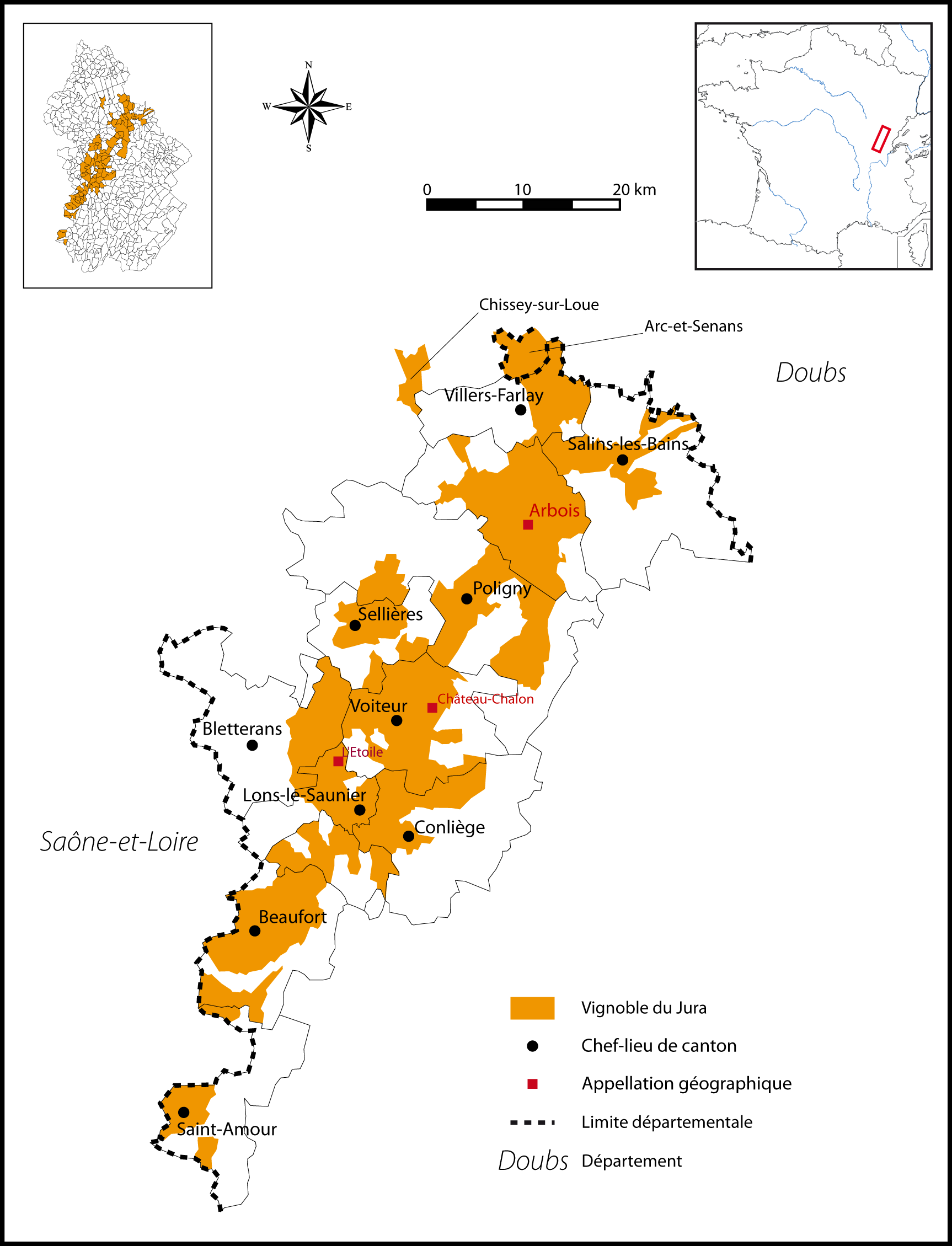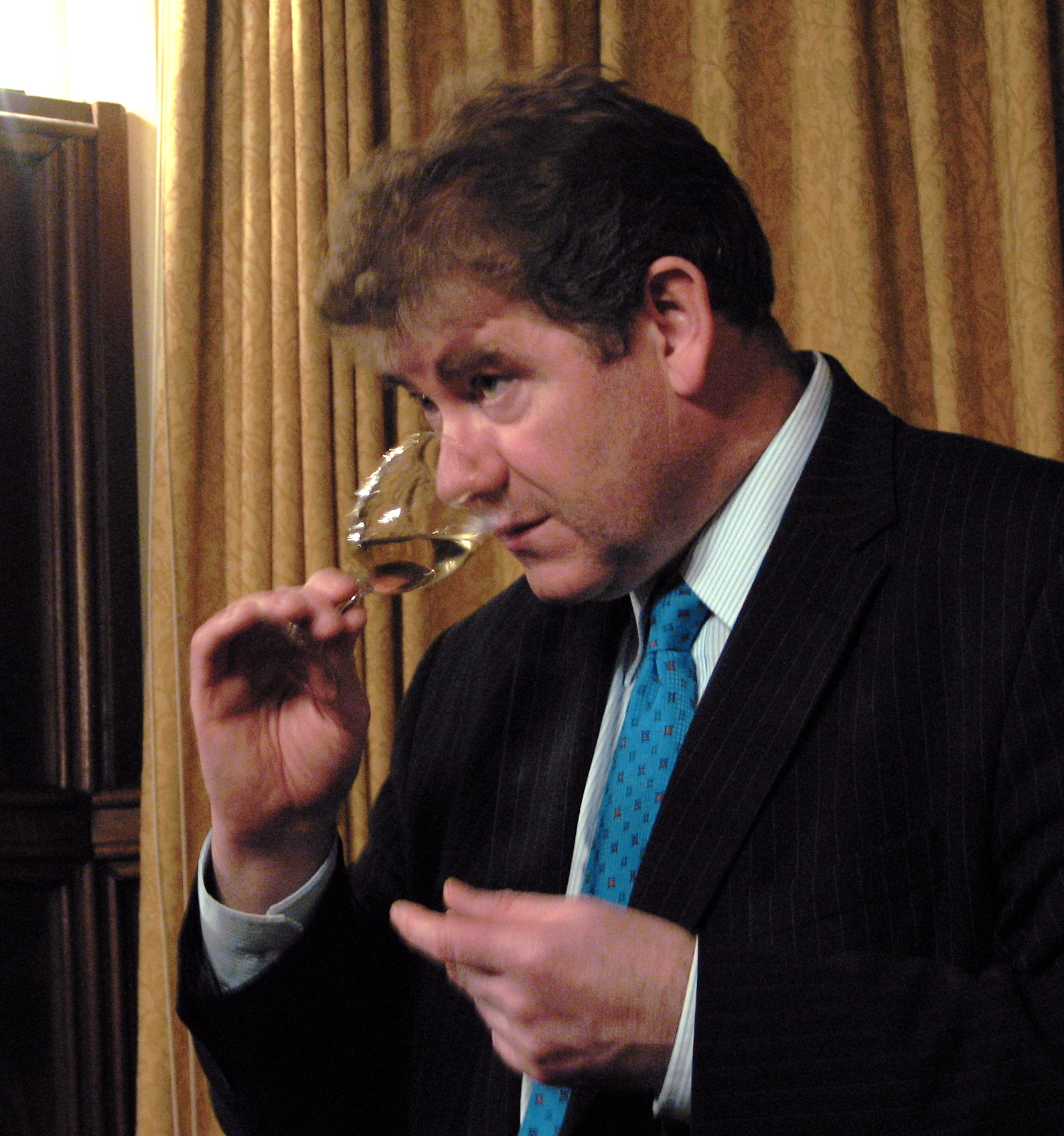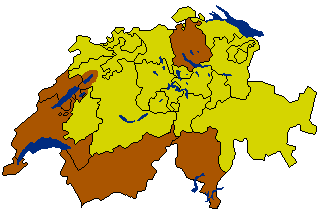|
Ploussard
Poulsard (also Ploussard) is a red French wine grape variety from the Jura wine region. The name Ploussard is used mainly around the town of Pupillin but can appear on wine labels throughout Jura as an authorized synonyms. While technically a dark-skinned ''noir grape'', the skins of Poulsard are very thin with low amounts of color - phenols and produces very pale colored red wines, even with extended maceration and can be used to produce white wines. Because of this, Poulsard is often blended with other red-skin varieties or used to produce lightly colored ''rosé'' wines. Additionally the grape is used to make ''blanc de noir'' white wines and sparkling ''cremants''.J. Robinson ''Jancis Robinson's Guide to Wine Grapes'' pg 129 Oxford University Press 1996 Poulsard is an authorized grape variety in the '' Appellation d'Origine Contrôlée'' (AOC) wines of Arbois AOC, Côtes du Jura AOC, Crémant du Jura AOC, L'Etoile AOC and Macvin du Jura AOC. Outside Jura, Pouls ... [...More Info...] [...Related Items...] OR: [Wikipedia] [Google] [Baidu] |
Arbois AOC
Arbois () is a commune in the Jura department, in the Bourgogne-Franche-Comté region, eastern France. The river Cuisance passes through the town, which centres on an arcaded central square where one can sample the local wines. The commune has been awarded two flowers by the National Council of Towns and Villages in Bloom in the Competition of cities and villages in Bloom. Geography Arbois is located some 40 km southwest of Besançon and 30 km southeast of Dole. It has a typical ''Revermont'' landscape. The plain is mainly used for cropping of cereals on medium-sized plots of land. The lower slopes consist mainly of meadows surrounded by small hedges for dairy farming. There are some vineyards in the same area. The rest of the hills is occupied by small vineyards with a few scattered meadows. The top of the hills and the plateau are heavily forested. Communication and transport Access to the commune is by Route nationale N83 which comes from Mouchard in the nort ... [...More Info...] [...Related Items...] OR: [Wikipedia] [Google] [Baidu] |
Pupillin
Pupillin is a commune in the Jura department in Bourgogne-Franche-Comté in eastern France. Population Geography Pupillin is located in the hills above Arbois, and is famed locally for its extensive vineyards, where monks were already growing grapes 1,000 years ago. Its marl soils and steep slopes provide excellent growing conditions for the local Poulsard and Savagnin grape varieties, the latter of which produces the renowned local ''Vin Jaune'' or Yellow Wine. The village even boasts the title of Capital of Ploussard, adopting the spelling of the grape variety which is particular to this village. Pupillin is an authorised, special mention on bottles of APO Arbois wine. See also *Communes of the Jura department The following is a list of the 494 communes of the Jura department of France. The communes cooperate in the following intercommunalities (as of 2020): [...More Info...] [...Related Items...] OR: [Wikipedia] [Google] [Baidu] |
Beaujolais Wine
Beaujolais ( , ) is a French ''Appellation d'Origine Contrôlée'' (AOC) wine generally made of the Gamay grape, which has a thin skin and is low in tannins. Like most AOC wines they are not labeled varietally. Whites from the region, which make up only 1% of its production, are made mostly with Chardonnay grapes though Aligoté is also permitted until 2024 (on condition the vines were planted before 2004). Beaujolais tends to be a very light-bodied red wine, with relatively high amounts of acidity. In some vintages, Beaujolais produces more wine than the Burgundy wine regions of Chablis, Côte d'Or, Côte Chalonnaise and Mâconnais put together.J. Robinson (ed.). ''The Oxford Companion to Wine'' (Third Ed.), pp 72–74. Oxford University Press, 2006. . The wine takes its name from the historical Province of Beaujolais, a wine-producing region. It is located north of Lyon, and covers parts of the north of the department of Rhône, the Rhône-Alpes region and southern areas of ... [...More Info...] [...Related Items...] OR: [Wikipedia] [Google] [Baidu] |
Pinot Noir
Pinot Noir () is a red-wine grape variety of the species ''Vitis vinifera''. The name may also refer to wines created predominantly from pinot noir grapes. The name is derived from the French language, French words for ''pine'' and ''black.'' The word ''pine'' alludes to the grape variety having tightly clustered, pinecone–shaped bunches of fruit. Pinot Noir grapes are grown around the world, mostly in cooler climates, and the grape is chiefly associated with the Burgundy (wine), Burgundy region of France (wine), France. Pinot Noir is now used to make red wines around the world, as well as champagne, Sparkling wine, sparkling white wines such as the Italian wine, Italian Franciacorta, and Wine from the United Kingdom, English sparkling wines. Regions that have gained a reputation for red pinot noir wines include the Willamette Valley (wine), Willamette Valley of Oregon (wine), Oregon; the Carneros (AVA), Carneros, Central Coast (AVA), Central Coast, Sonoma Coast AVA, Sonoma ... [...More Info...] [...Related Items...] OR: [Wikipedia] [Google] [Baidu] |
Trousseau Noir
Trousseau or Trousseau Noir, also known as Bastardo and Merenzao, is an old variety of red wine grape originating in eastern France. It is grown in small amounts in many parts of Western Europe; the largest plantations are today found in Portugal, where most famously it is used in port wine. It makes deep cherry red wines with high alcohol and high, sour candy acidity, and flavours of red berry fruits, often complemented - depending on production - by a jerky nose and an organic, mossy minerality. History and pedigree Trousseau originated in eastern France where it was once widely cultivated, and DNA profiling has indicated that the variety has a parent-offspring relationship with Savagnin, and that it is a sibling to Chenin blanc and Sauvignon blanc. DNA profiling has likewise shown that Trousseau has been cultivated on the Iberian Peninsula for at least 200 years under several different names, including Bastardo, but it is unknown how it came to be introduced there. Troussea ... [...More Info...] [...Related Items...] OR: [Wikipedia] [Google] [Baidu] |
Viticultural
Viticulture (from the Latin word for ''vine'') or winegrowing (wine growing) is the cultivation and harvesting of grapes. It is a branch of the science of horticulture. While the native territory of ''Vitis vinifera'', the common grape vine, ranges from Western Europe to the Persian shores of the Caspian Sea, the vine has demonstrated high levels of adaptability to new environments, hence viticulture can be found on every continent except Antarctica. Duties of the viticulturist include monitoring and controlling pests and diseases, fertilizing, irrigation, canopy management, monitoring fruit development and characteristics, deciding when to harvest, and vine pruning during the winter months. Viticulturists are often intimately involved with winemakers, because vineyard management and the resulting grape characteristics provide the basis from which winemaking can begin. A great number of varieties are now approved in the European Union as true grapes for winegrowing and viticul ... [...More Info...] [...Related Items...] OR: [Wikipedia] [Google] [Baidu] |
Aromas (wine)
The aromas of wine are more diverse than its flavours. The human tongue is limited to the primary tastes perceived by taste receptors on the tongue – sourness, bitterness, saltiness, sweetness and savouriness. The wide array of fruit, earthy, leathery, floral, herbal, mineral, and woodsy flavour present in wine are derived from aroma notes sensed by the olfactory bulb.J. Robinson (ed) ''"The Oxford Companion to Wine"'' Third Edition p. 683 Oxford University Press 2006 In wine tasting, wine is sometimes smelled before taking a sip in order to identify some components of the wine that may be present. Different terms are used to describe what is being smelled. The most basic term is aroma which generally refers to a "pleasant" smell as opposed to odour which refers to an unpleasant smell or possible wine fault. The term aroma may be further distinguished from bouquet which generally refers to the smells that arise from the chemical reactions of fermentation and aging of ... [...More Info...] [...Related Items...] OR: [Wikipedia] [Google] [Baidu] |
Switzerland (wine)
Swiss wine is produced from nearly of vineyards, and the wines are mainly produced in the west and in the south of Switzerland, in the cantons of Geneva, Neuchâtel, Ticino, Valais and Vaud. White grape varieties are grown on 43% of the country's vineyard area, and red grape varieties on 57%. According to the Swiss Federal Office of Agriculture, Swiss wine production in 2019 was just over , almost equal amounts red and white. Nearly all the national production is drunk within the national boundaries; less than 2% of the wine is exported (mainly to Germany). For example, in 2019, only 13,193 hectolitres were exported. Switzerland ranks in the top 10 of per capita consumption of wine, and as of 1983 imported two thirds of it, including more Beaujolais than the United States. In 2019, 1,784,371 hectolitres of wine consumed was imported, compared to 945,585 hectolitres of domestic wine consumed. History The tradition of wine and viticulture in Switzerland is very old, beginning ... [...More Info...] [...Related Items...] OR: [Wikipedia] [Google] [Baidu] |
Burgundy (wine)
Burgundy wine ( or ') is made in the Burgundy region of eastern France, in the valleys and slopes west of the Saône, a tributary of the Rhône. The most famous wines produced here, and those commonly referred to as "Burgundies," are dry red wines made from pinot noir grapes and white wines made from chardonnay grapes. Red and white wines are also made from other grape varieties, such as gamay and aligoté, respectively. Small amounts of rosé and sparkling wines are also produced in the region. Chardonnay-dominated Chablis and gamay-dominated Beaujolais are recognised as part of the Burgundy wine region, but wines from those subregions are usually referred to by their own names rather than as "Burgundy wines". Burgundy has a higher number of ' (AOCs) than any other French region, and is often seen as the most '-conscious of the French wine regions. The various Burgundy AOCs are classified from carefully delineated ' vineyards down to more non-specific regional appellations. ... [...More Info...] [...Related Items...] OR: [Wikipedia] [Google] [Baidu] |
Département
In the administrative divisions of France, the department (french: département, ) is one of the three levels of government under the national level ("territorial collectivity, territorial collectivities"), between the regions of France, administrative regions and the communes of France, communes. Ninety-six departments are in metropolitan France, and five are overseas department and region, overseas departments, which are also classified as overseas regions. Departments are further subdivided into 332 arrondissements of France, arrondissements, and these are divided into cantons of France, cantons. The last two levels of government have no autonomy; they are the basis of local organisation of police, fire departments and, sometimes, administration of elections. Each department is administered by an elected body called a departmental council (France), departmental council ( [sing.], [plur.]). From 1800 to April 2015, these were called general councils ( [sing.] [plur.]). Each ... [...More Info...] [...Related Items...] OR: [Wikipedia] [Google] [Baidu] |

.jpg)




